









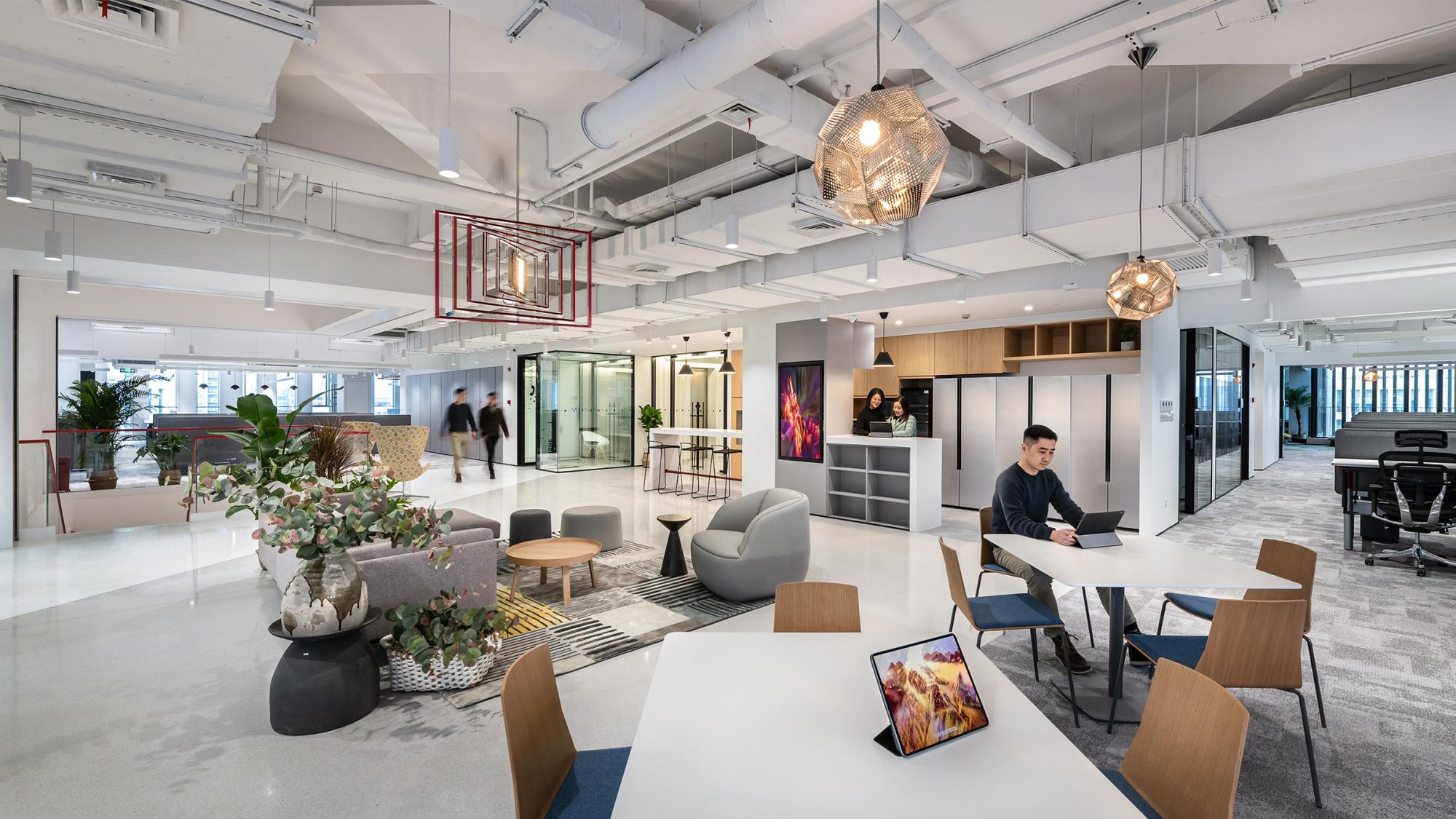
The workplace is always evolving. But although it continues to change, its purpose remains strong.
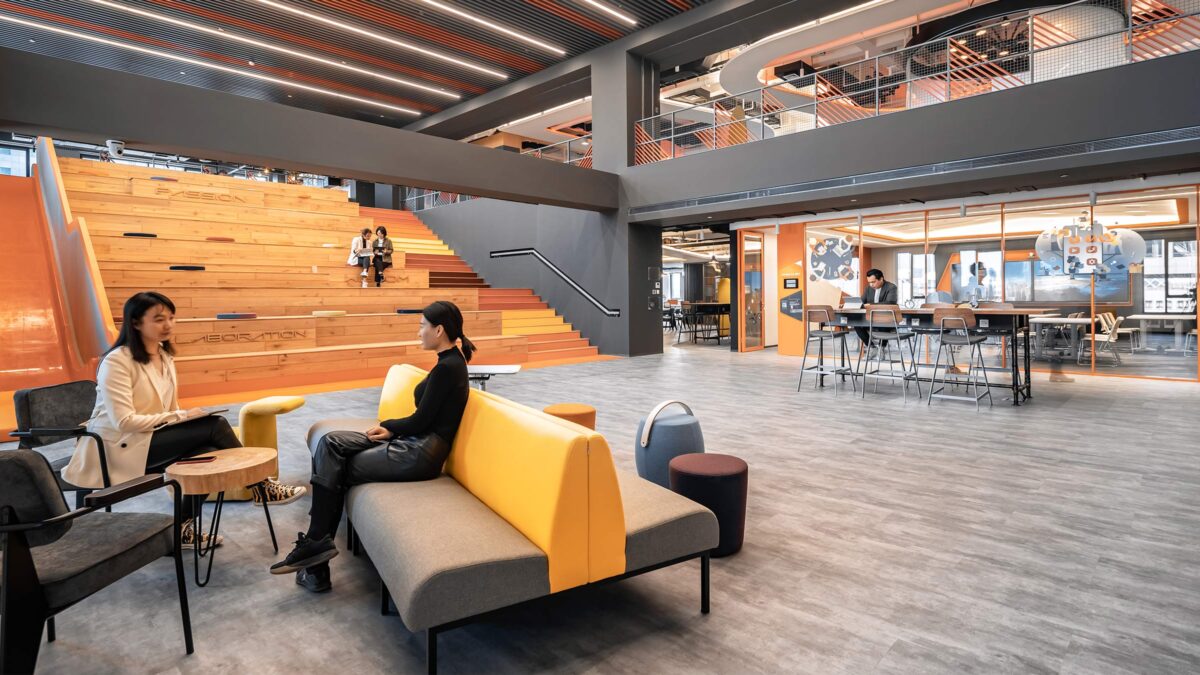
The meaning of the workplace has been changing, ever since the word was coined. So has its form and function.
People have long been arguing which is better – open plan or cubicles. Above all, it’s important to consider what offices are and why they exist.
No matter what, the workplace will remain a tool for individuals, teams and the company they work for.
These three groups are closely connected and determine a business’ DNA. Therefore we must look at the changes taking place. This will help us understand the shifting direction of the future workplace.
This article is from a talk at the 2021 Shenzhen Creative Week, and a professional workshop at our Shenzhen living lab.
The factory is one of the earliest forms of workplace, designed as an assembly line.
As elevators were invented and skyscrapers were built, the industrial revolution continued. Workers would walk into the steel jungle of the city and start everyday work life in their cubicles. Modern workplaces celebrate creativity and performance by offering diverse work settings and waving goodbye to linear collaboration.
The way people collaborate has changed and technology has increased flexibility. So face to face meetings can now be achieved with cameras turned on. Moveable, modular furniture has made layouts more fluid and agile, which has increased innovation.
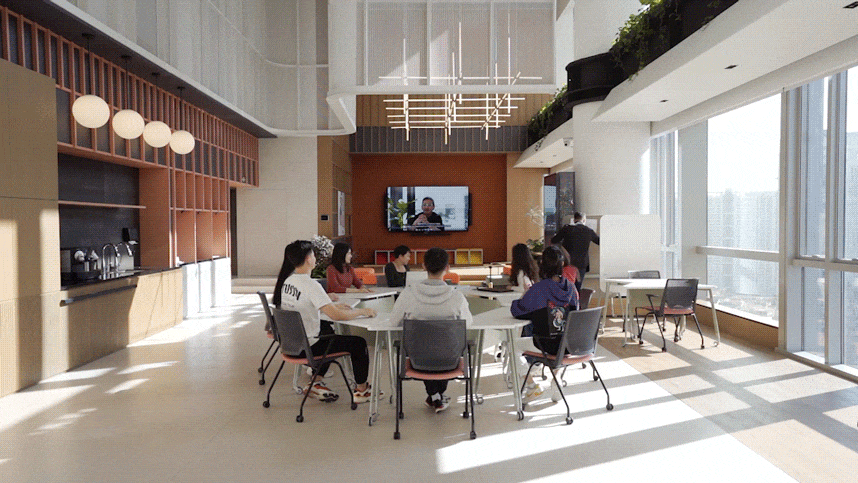
As designers, we must pay close attention to how teams collaborate in different conditions. External innovations (furniture, products or technology) can better support people’s performance needs. Unquestionably, technology is becoming increasingly powerful to collective efficiency. Integrating technology into different workplace touchpoints improves the digital experience. This helps teams work from wherever they can do best.
We can only be truly creative and agile when we design for individuals, teams and their behaviours.
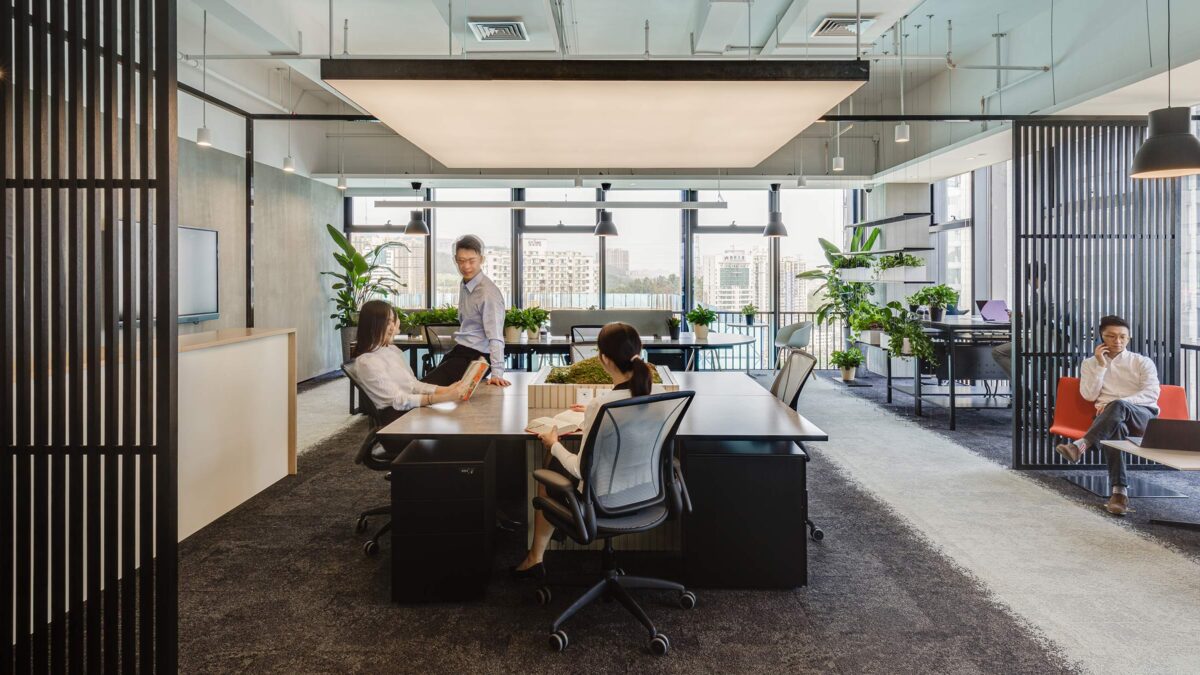
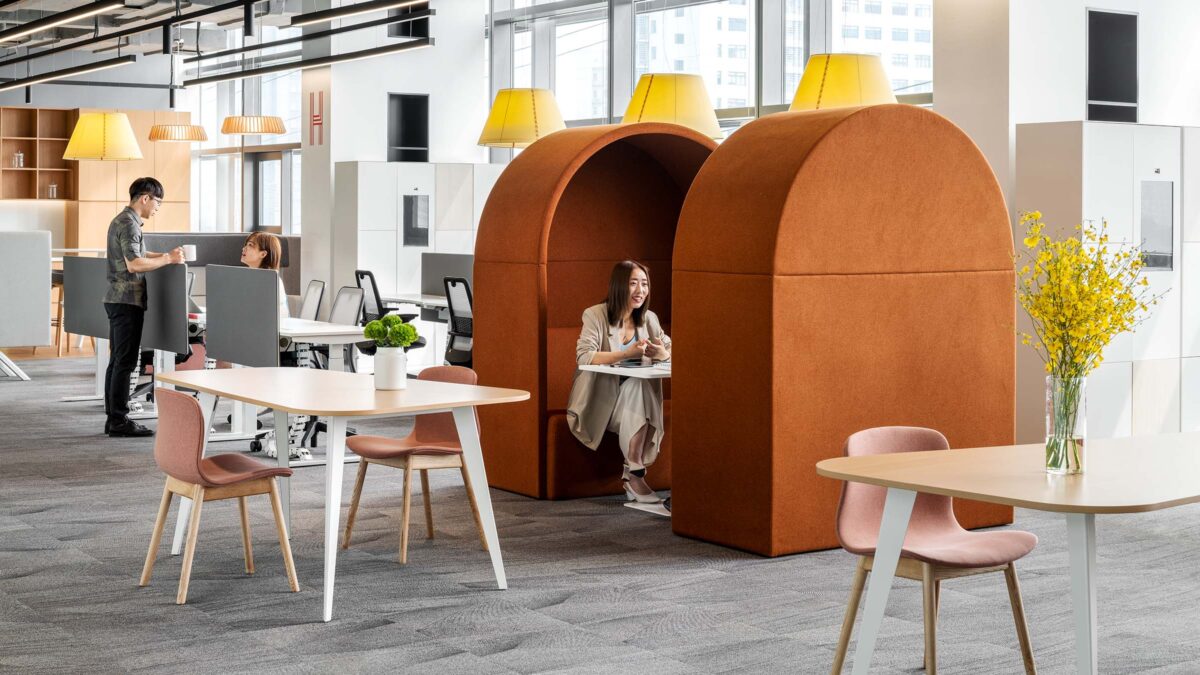
With competition increasing, enterprises need to be more proactive in attracting talent. The workplace is one of the many attractions and has a direct impact on how people understand a company’s values and culture.
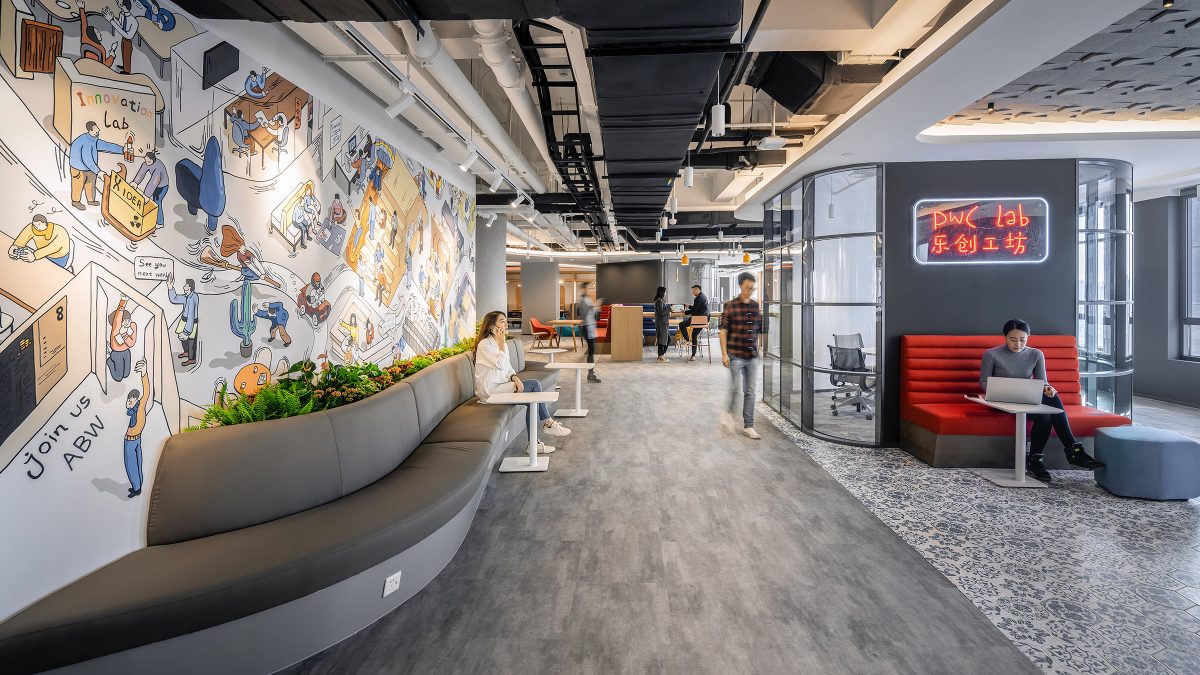
In the discovery phase of many of our projects, people are not familiar with their company’s DNA. As designers, we must tackle this challenge.
This goes beyond beauty to layout and function. Does the workplace offer choice and support diversity? Is it inclusive of all?
For companies that are transforming, renovating the workplace is an opportunity to communicate a changing culture.
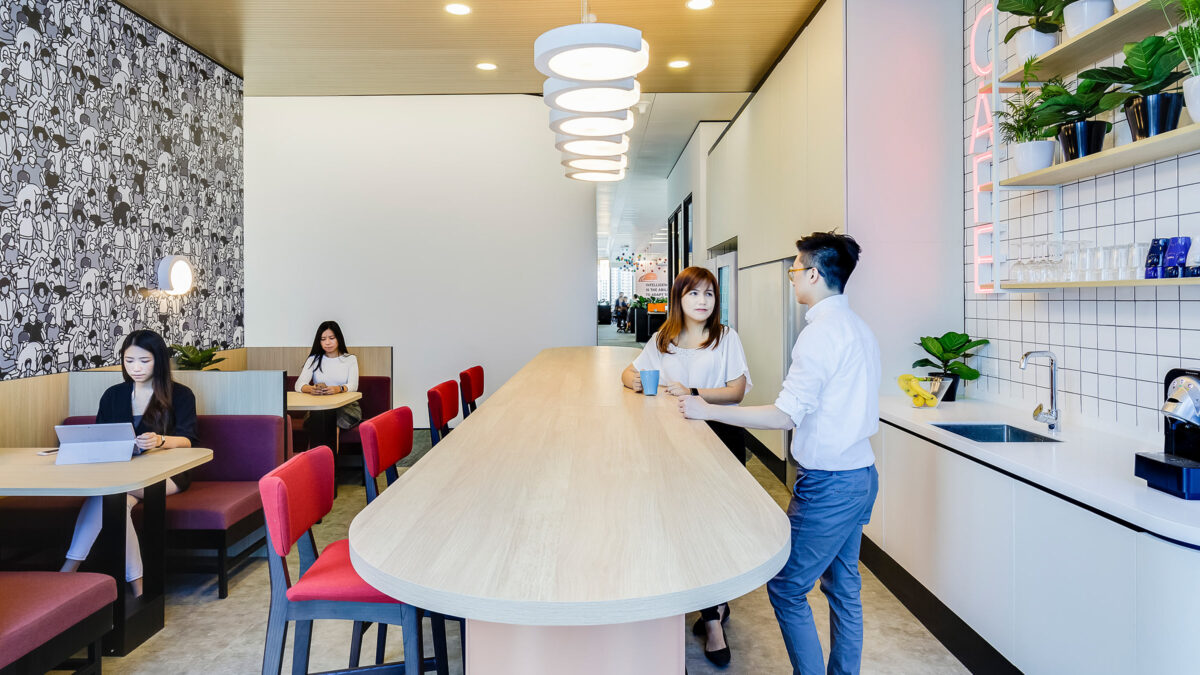
The Gen-Z workforce values identity. While they crave personal expression, they also long for community bonding. Their ideal workplace provides belonging and choice.
Generally, this generation want a high quality of life. Living is as important as working. They want recognition, career growth and to advance their skills. On the whole, who they work with is as important as who they work for. Above all, they choose companies that share their values and whose work environments make them feel free. The workplace is changing, as are their expectations.
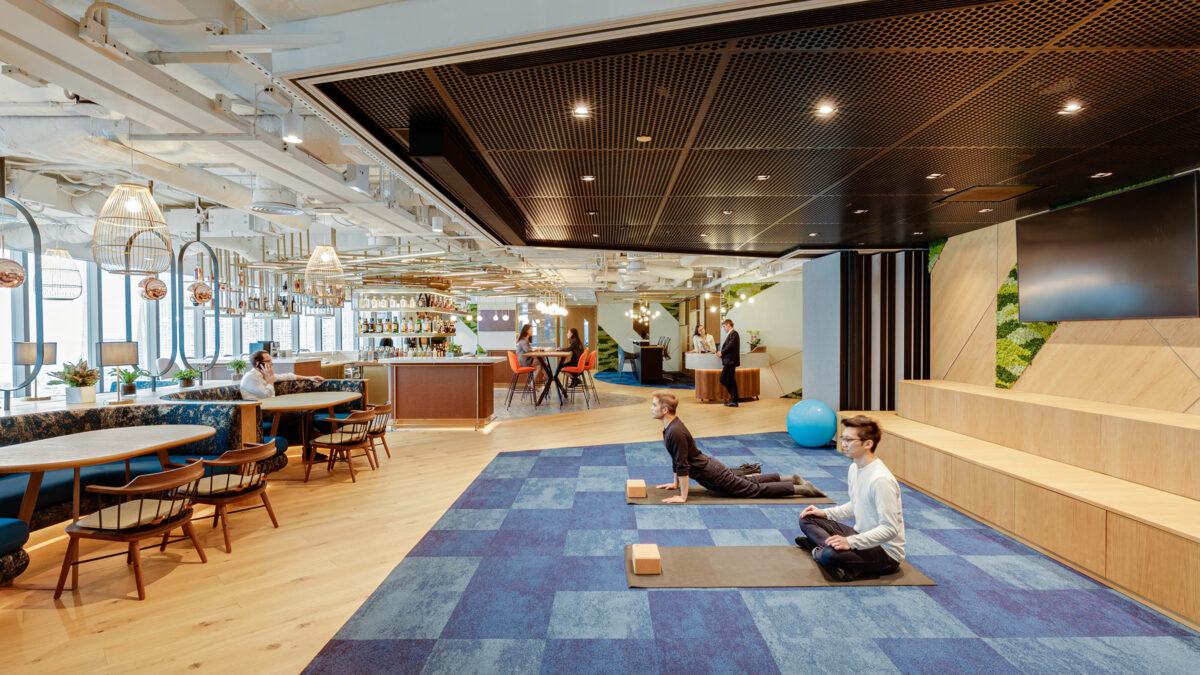
Overall, it may not be realistic to meet all these expectations. However there are a few opportunities for companies looking to improve the experience of a young workforce. Renovation or relocation projects can encourage people to share their ideas. This honours creativity and increases belonging.
Companies need to understand that the future workplace is not just space in which to get things done. But a place for learning, relaxing, bonding and healing. Although the workplace has changed, none of these things can exist without an inspired, happy and connected workforce.
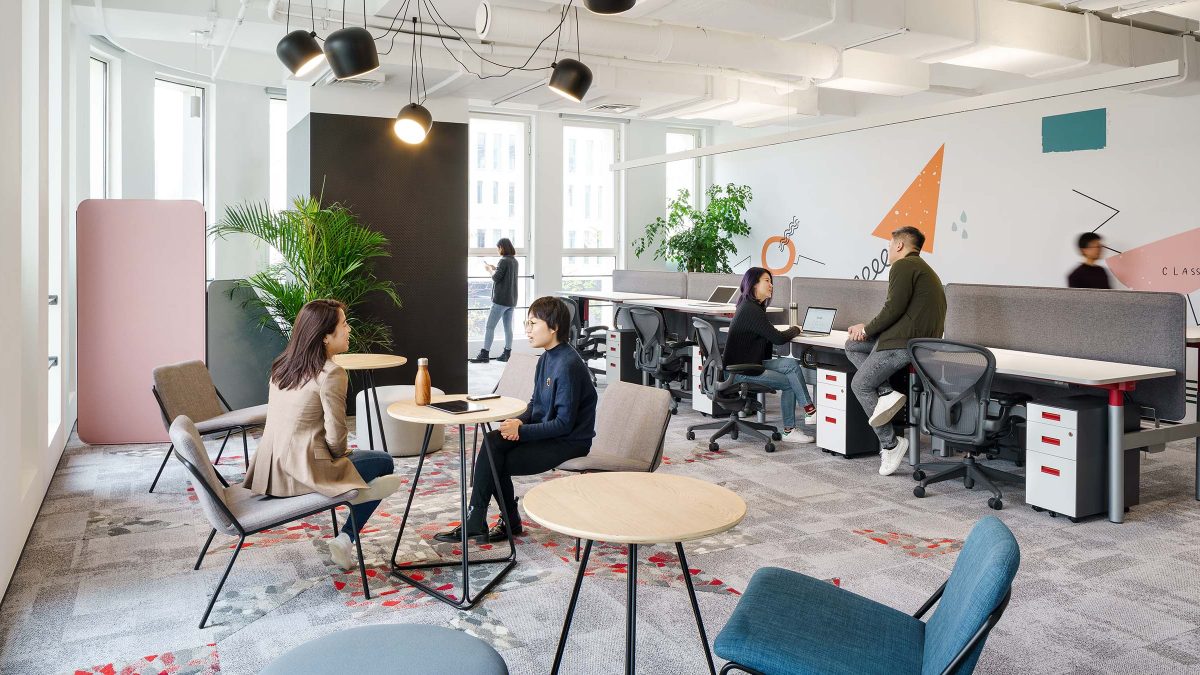
In conclusion, a focus on business objectives and the needs of individuals and teams is key. Companies can use this to build a detailed understanding of what drives performance. On the whole, this helps attract and retain talent, supporting health, happiness and ongoing growth.
Director
Associate - Workplace Strategy
Associate - Workplace Strategy